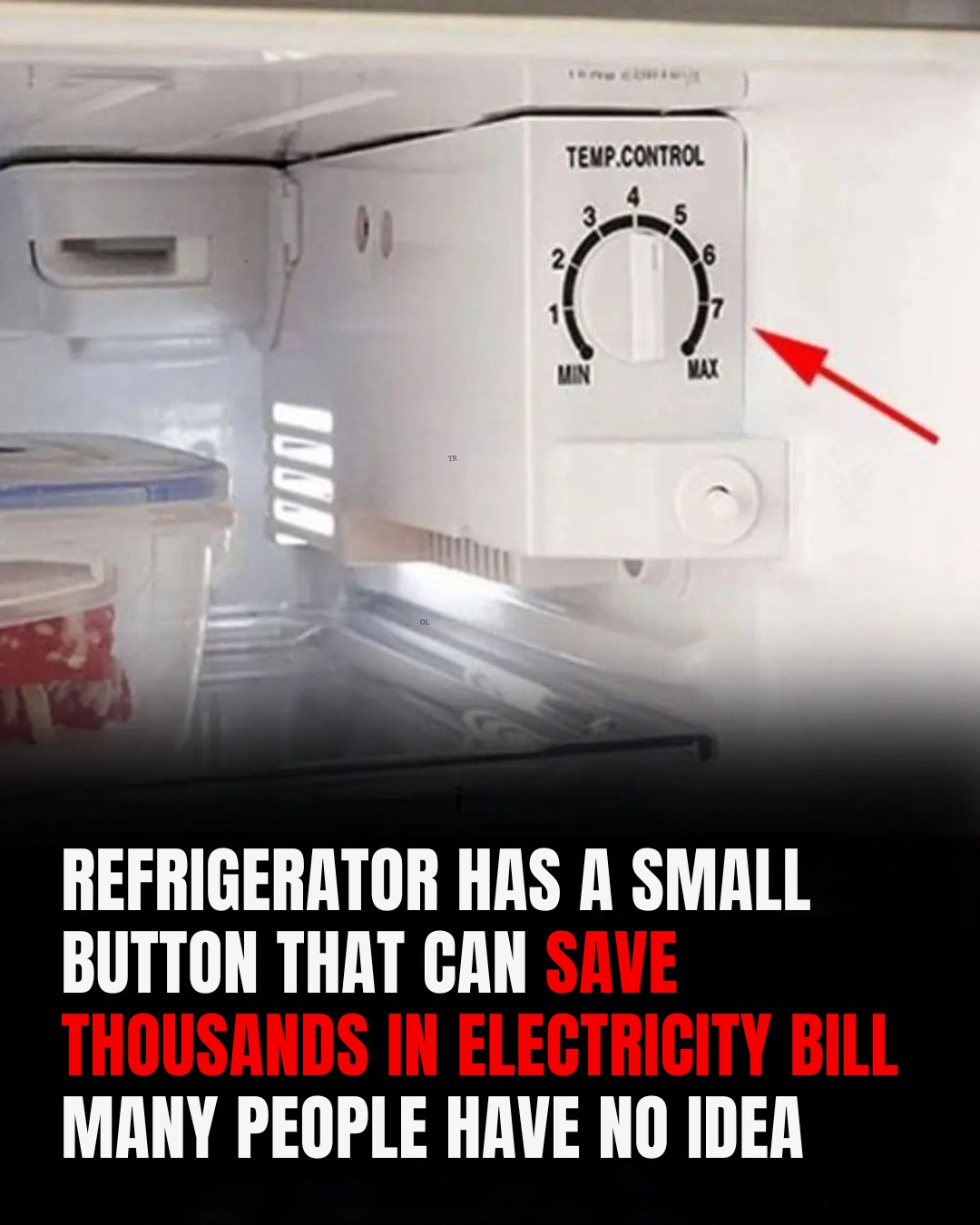Refrigerators are essential, but they consume a lot of energy. A small change can significantly reduce your electricity costs, especially in winter. Adjust Temperature Settings In winter, lower the fridge temperature to level 1 or 2 (around 2-5°C) instead of the highest setting used in summer. This keeps food fresh while using less electricity. The freezer section can also be adjusted to save energy. Consider Food Storage Needs If your fridge is less full, lower the cooling level. For large amounts of food, maintain the appropriate temperature to ensure food safety, especially in the freezer (around -18°C). Additional Energy-Saving Tips – 1.Optimal Placement: Keep the fridge away from heat sources (like stoves) and ensure proper airflow by placing it away from walls. 2.Limit Door Openings: Close the door quickly to prevent energy loss. 3.Use Glass or Ceramic Containers: These materials retain cold better than plastic, improving efficiency. 4.Regular Maintenance: Clean the fridge every 1-3 months to avoid debris buildup, which forces the compressor to work harder. Conclusion By adjusting settings and maintaining your fridge properly, you can reduce electricity costs without sacrificing food preservation
This One Everyday Habit Is Draining Your Electricity Bill
